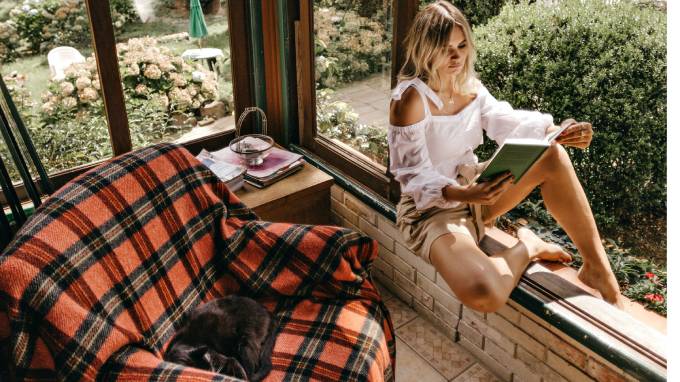Vastu, also known as Vastu Shastra, is a traditional Indian system of architecture and design that seeks to align buildings and structures with the natural forces of the universe. It is believed that by adhering to Vastu principles, one can create a harmonious living space that promotes health, wealth, and happiness.
The importance of Vastu in interior design lies in its ability to create a balance between the natural elements and the built environment. According to Vastu, each direction is associated with a particular element and energy. It is important to align the various elements of a building or structure with these energies to create a harmonious living space.
One of the key principles of Vastu is the concept of "purushartha," which refers to the four goals of human life: dharma (duty), artha (wealth), kama (pleasure), and moksha (liberation). Vastu seeks to align the design of a space with these goals, ensuring that the space promotes the well-being of its inhabitants.
The importance of directions as per Vastu?
One of the most important elements of Vastu is the alignment of the building with the cardinal directions. According to Vastu, the north and east are considered auspicious directions, while the south and west are considered inauspicious. Therefore, it is important to position important rooms, such as the living room and bedrooms, in the north and east, while positioning less important rooms, such as bathrooms and kitchens, in the south and west.
How important is light and ventilation as per Vastu Shastra?
Another important aspect of Vastu is the use of natural light and ventilation. Proper lighting and ventilation are essential for good health and well-being, and Vastu principles recommend positioning windows and doors to allow for optimal natural light and airflow.
What is the importance of symmetry as per Vastu?
Vastu also emphasizes the importance of symmetry and balance in interior design. Symmetrical designs are believed to promote harmony and balance, while asymmetrical designs can create disharmony and imbalance. Therefore, it is important to ensure that the furniture and decor of the space are symmetrically arranged.
What is the role of colours for Vastu compatible homes?
In addition, the use of colour is also an important aspect of Vastu. Each colour is believed to have a specific energy and it is recommended to use colours that are in harmony with the energy of the space. Warm colours, such as red and orange, are believed to promote energy and vitality, while cool colours, such as blue and green, are believed to promote calm and relaxation.
How important is placement of items and objects in interior design as per Vastu?
Vastu also recommends the use of natural materials, such as wood, stone, and clay, in interior design. These materials are believed to have grounding energy that promotes well-being and stability.
Vastu places great importance on the placement of specific objects and symbols within a space. For example, it is believed that placing a fountain in the northeast corner of a room can promote wealth and success. Also placing crystals in the southwest corner can promote harmony and balance.
Overall, the importance of Vastu in interior design lies in its ability to create a harmonious and balanced living space that promotes health, wealth, and happiness. By aligning the design of a space with the natural elements and energies of the universe, one can create a space that is not only aesthetically pleasing but also promotes the well-being of residents,

Comments